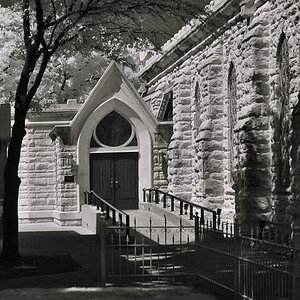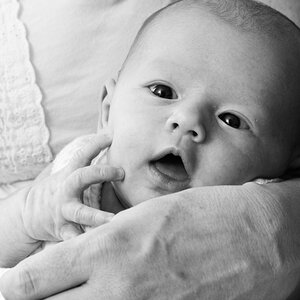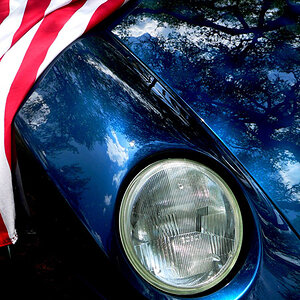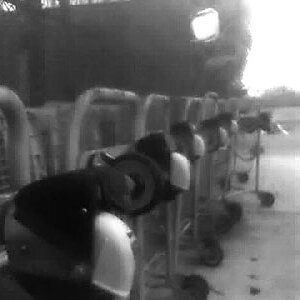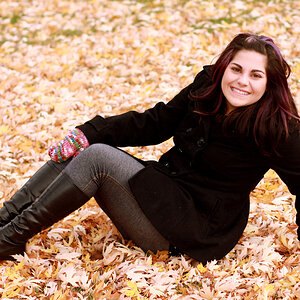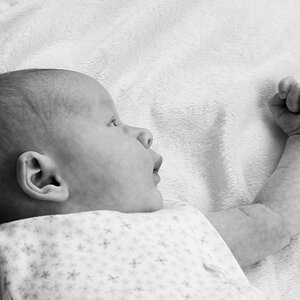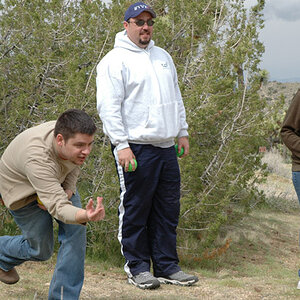slackercruster
No longer a newbie, moving up!
- Joined
- Jan 30, 2012
- Messages
- 761
- Reaction score
- 65
- Can others edit my Photos
- Photos OK to edit
Anyone do some tests with the lower end ISO range?
Can the difference between 100, 200, 400 or 800 be seen in prints up to 16 x 20? If so, where do the ISO's overlap and don't show much difference?
Thanks
Can the difference between 100, 200, 400 or 800 be seen in prints up to 16 x 20? If so, where do the ISO's overlap and don't show much difference?
Thanks


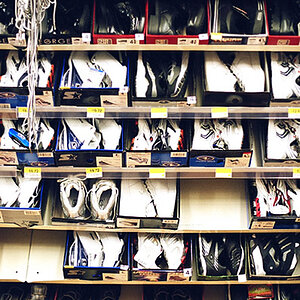
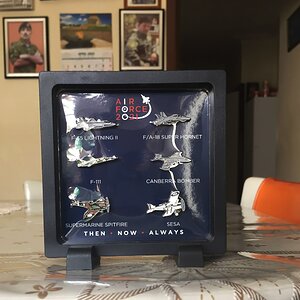
![[No title]](/data/xfmg/thumbnail/34/34746-f8e4b50f9d9b0de43c95af3d2caf956b.jpg?1619736628)
